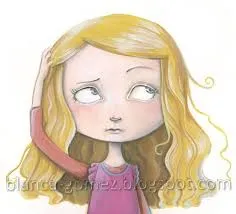Many people in the world suffer diabetes, diagnosed or not.In the United States alone, the estimated figure is more than 29 million people.Many of them require regular insulin injections.
The ideal would be to administer it orally, for example in a pill.Although oral medications to help the body produce insulin are available for a long time, a pill that supplies insulin remains a very sought after target of diabetes medicine.
The main obstacle to its development has been to take the medication through the hostile proteolytic barrier of the stomach and intestine, without destroying the protein itself.
An insulin pill that is being developed by Samir Mitragotri and Amritallow them to do without the annoying punctures.
The key innovation of the new pill is a combination of enteric coating of the carrier capsule and mucoadherent polymer patches loaded with insulin that were optimized by Banerjee as part of their work during the investigation.
Amrita Banerjee, holding the enteric capsule with insulin -loaded patches.
The new pill has demonstrated its resistance to the action of stomach acids thanks to the protection of the enteric coating of the capsule and its effectiveness by releasing its load in the small intestine.
There, the capsule opens to release the patches that adhere to the intestinal wall, avoiding the access of proteolytic enzymes to insulin and, with the help of a permeation amplifier, depositing it in such a way that it can pass to the blood.
The new drug supply technology could also be applied to many other therapies.




